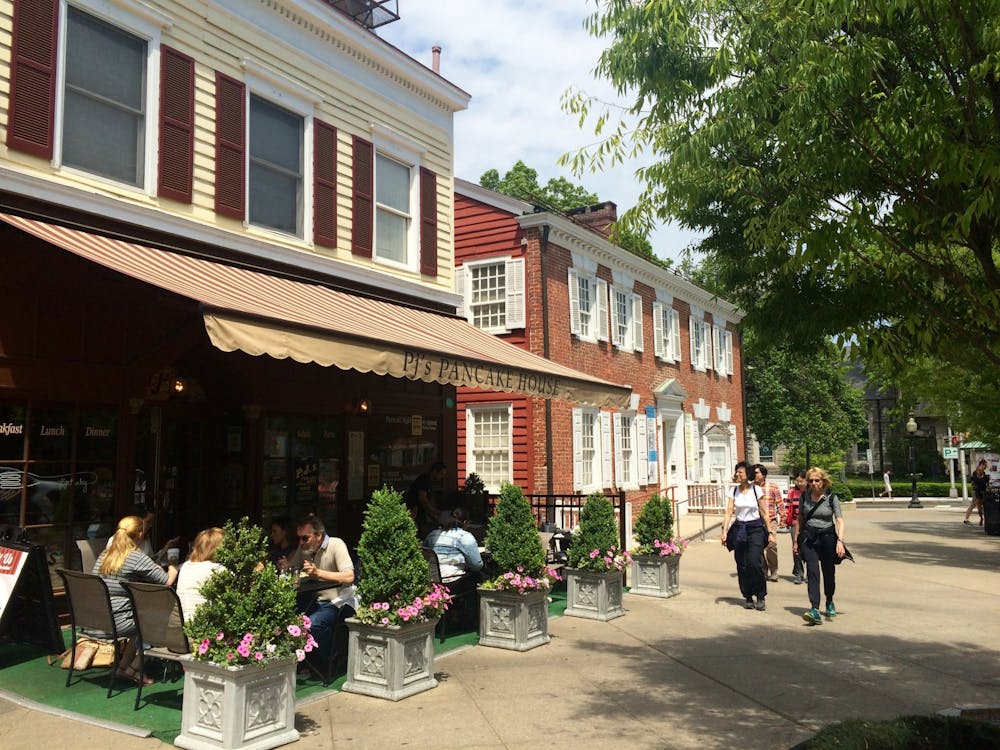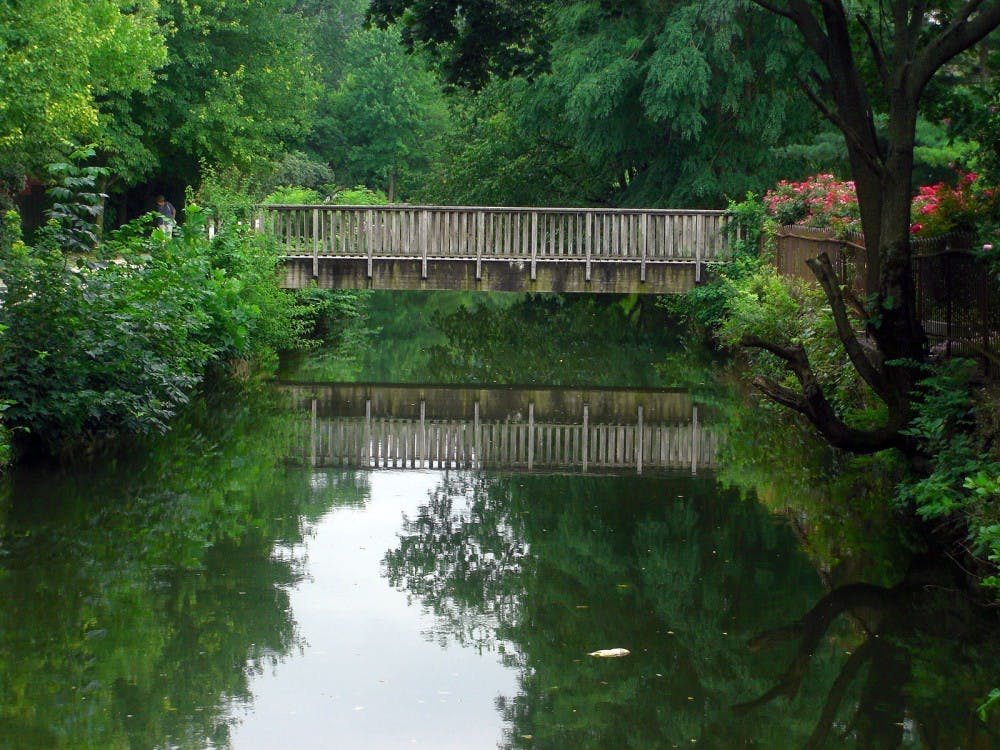Before becoming a professional artist, James Rosenquist was a billboard painter. In the new exhibition at the Guggenheim, "James Rosenquist: A Retrospective", the influence of his past profession is among the few commonalities of his work over the years.
Most of his paintings are large in scale, brightly colored and feature familiar imagery. Yet unlike his billboards, Rosenquist's paintings combine seemingly unrelated images that are cropped and spliced to create an enigmatic and purposeful effect.
James Rosenquist was born in Grand Forks, North Dakota in 1933 and studied art at the University of Minnesota and then at New York's Art Students League. By 1960 Rosenquist had saved up enough money painting billboards to spend a year in his studio. In 1962 he had his first solo exhibition at the Green Gallery in New York.
The following year he completed a mural for the New York World's Fair, and Art in America selected him as "Young Talent Painter" of the year. Along with fellow Pop artists Jim Dine, Roy Lichtenstein, Claes Oldenburg, and Andy Warhol, Rosenquist drew on the iconography of advertising and mass media to conjure a sense of modern life.
Although the first painting of the show is the room-sized "Stowaway Piers out at the Speed of Light" (2000), the exhibition begins with Rosenquist's early works, including some paintings representative of his pre-Pop dabbling with Abstract Expressionism, and ends with his recent paintings.
Placed next to Rosenquist's early paintings with their muted and organic coloration, "Stowaway Piers" gives the viewer an immediate idea of the vast range of the exhibit. This painting is also representative of Rosenquist's skill at depicting the graphic quality of a moment in visual culture.
Drawing on Einstein's theory of relativity – in which a stationary spectator sees an event or fixed point differently from a spectator traveling at the speed of light, "Stowaway Piers" is bright and futuristic, with a visual quality suggestive of computer animation.
In President Elect (1960-1, 1964), the head of John F. Kennedy (based on a campaign poster) morphs into a black-and-white hand outstretched holding a piece of chocolate cake. Also protruding into the image are a color spectrum and a Chevrolet.
These images are meant to question campaign promises, which, in the wake of the Eisenhower era with its middle class wealth and consumerism, seemed to Rosenquist uninspiring.
Beautiful and enigmatic, "Pushbutton" (1961) consists of almost unrecognizable images, removed from their context and magnified. The organic lines and pureness of form seem more likely to have been borrowed from Georgia O'Keefe than from magazine ads. Most powerful is the juxtaposition of the keyboard at the bottom of the canvas with its angular technological gadgetry and the smooth, curvaceous lines of the cropped hand.
Named after a fighter bomber then in development for the Vietnam War, "F-111" (1965) was painted in response to the war as well as military-industrial complex that fostered America's booming mid-century economy. Rosenquist's most famous and spectacular work, F-111 is a full room painting — 10 feet high and 86 feet long — and full Pop immersion.
The painting features a series of images: spaghetti, with its unnatural coloration, squirming like worms, an umbrella as a mock bomb, a young girl under a hair dryer looking both innocent and demonic, a missile, vitamin flags labeled "iron", "protein", "vitamin B," and a Firestone tire.

The images morph into each other, creating an antiwar statement and a representation of 1965 commercial imagery. "F-111" creates such a terrifying and mesmerizing effect that the comparison to Picasso's Guernica does not seem completely outlandish.
In addition to painting the exhibit includes sculpture and collages, many being exhibited publicly for the first time in this retrospective. Ripped from newspapers and magazines, organized in sequence, taped down and drawn on with gridlines and notations, the collages are especially illuminating, revealing Rosenquist's process.
Over an ad for spaghetti he sprayed a panel of neon orange spray paint over which he wrote in pencil "radioactive spray." On another preparatory collage he scribbled, "American star becomes N. Korean star with a small change of color."
Rosenquist's paintings from the 70s and 80s seem too caught up in space exploration and high-tech industry. The visual quality is harsher in these later paintings and the images are less mysterious and more confusing.
Since then, Rosenquist has moved away from his collages of lipsticks and machinery to pure abstraction.
The winding, snail-shell like ramp of the Guggenheim seems to be the perfect venue for a major retrospective. With an effect similar to the ambulatory of a church, the viewer ascends, traveling through the career of the artist and experiencing his evolution – much like a kind of pilgrimage.
Yet, instead of the culmination of the exhibit at the top of the ramp, Rosenquist's greatest works are at the beginning of the exhibit. The monumental "Stowaway Piers out at the Speed of Light" starts the exhibit, his most insightful and engaging works of the early 60s directly follow, and his masterpiece, "F-111," is resigned to an off ramp gallery. The momentum created by these paintings is lost and the end of the retrospective is largely anticlimactic.
The expanse of the exhibit makes the ascension exhausting. Overwhelmed by the nearly 200 works featured in the retrospective, viewers seem to rush through the twists and turns of the exhibit with impatience. Although some of Rosenquist's oeuvre is appropriate to see on the move, other works demand careful inspection. His best paintings, montages of fragmentary and unrelated images, are mysterious with a deliberate, albeit elusive, meaning.
"James Rosenquist: A Retrospective" is at the Guggenheim through January 25th. Student tickets are $10 with Student ID, except on Friday nights when admission is suggested. The Solomon R. Guggenheim Museum is located at 1071 5th Avenue at 89th Street.







